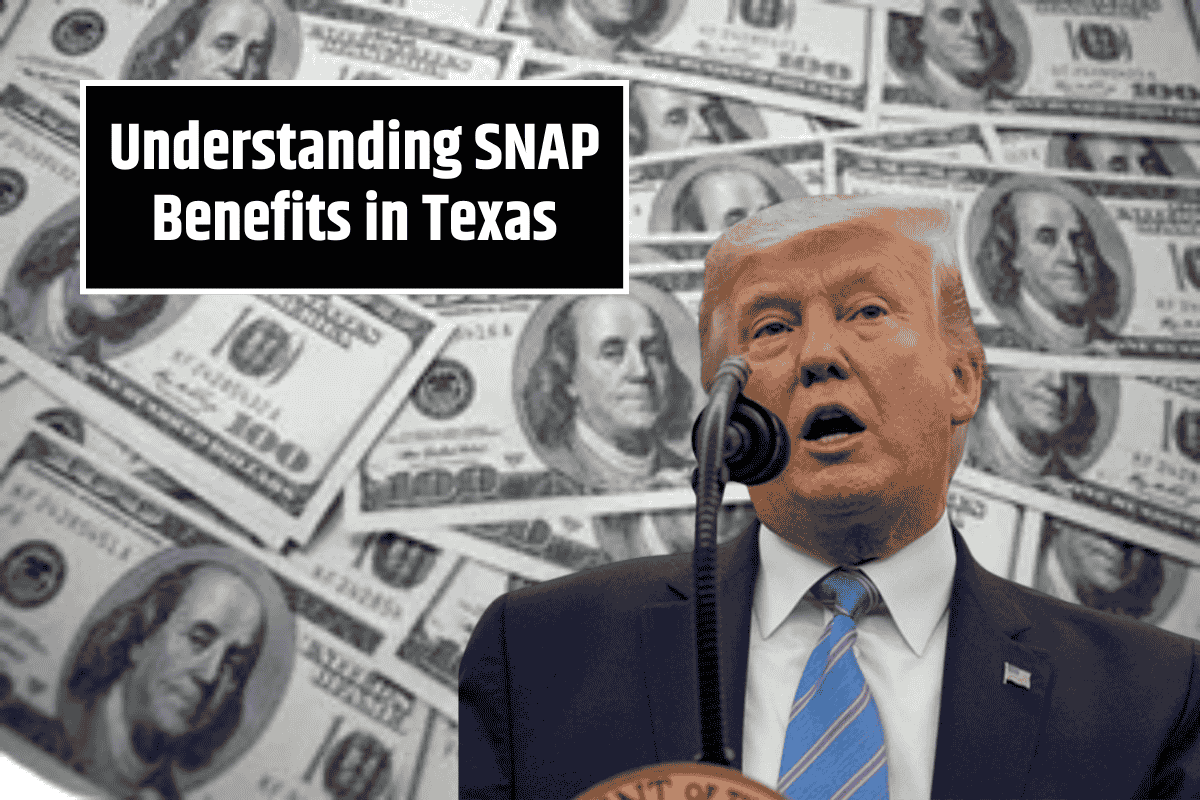The Supplemental Nutrition Assistance Program (SNAP) is a crucial resource for many families, seniors, and individuals with disabilities in Texas.
Administered by the Texas Health and Human Services Commission (HHSC) and federally funded by the U.S. Department of Agriculture (USDA), SNAP aims to combat food insecurity by providing monthly benefits loaded onto the Lone Star Card, which functions as an electronic debit card.
These benefits are exclusively for purchasing food and can be used at authorized supermarkets, retail stores, and farmers’ markets across the state. The program is highly regarded, as every $1 spent generates an estimated $1.50 to $1.80 in economic benefits.
Eligibility Criteria for SNAP Benefits in Texas
To qualify for SNAP benefits in Texas, applicants must meet three primary eligibility requirements: income, available resources, and household circumstances. The state follows federal guidelines but has some flexibility in how these guidelines are applied.
Income Limits for SNAP in Texas
A household’s gross income must be at or below 130% of the federal poverty line. By 2025, this threshold is expected to be $2,798 per month for a three-person household.
For households that include an adult aged 60 or older or a person with a disability, the income limit may be adjusted.
Additionally, after applying allowable deductions (like housing expenses or dependent care), the net income must be below 100% of the poverty line, which for a family of three in 2025 is projected to be $2,152 per month.
Resource Limits for SNAP in Texas
Households without elderly or disabled members cannot have liquid assets exceeding $3,000.
For households with elderly or disabled members, the resource limit is $4,500. Certain assets, such as the primary residence and a vehicle, are excluded from this calculation.
Special Eligibility Rules and Streamlined Application Process
Some groups, like full-time college students, may face eligibility restrictions, while others, like certain non-citizens with specific legal immigration status, may qualify for SNAP benefits.
To simplify the application process for households that consist solely of older adults or people with disabilities, Texas has introduced the Streamlined Application Project (TSAP). This alternative program reduces paperwork and extends the benefit certification period to up to 36 months, minimizing the need for frequent renewals.
SNAP Benefits Disbursement Schedule for September 2025
SNAP benefits in Texas are distributed from the 1st to the 28th of each month, with the disbursement date based on the last two digits of the household’s EDG (Eligibility Determination Group) number. For September 2025, the schedule is as follows:
September 12: EDGs ending in 51-54
September 13: EDGs ending in 55-58
September 15: EDGs ending in 59-62
September 16: EDGs ending in 63-67
September 17: EDGs ending in 68-71
September 19: EDGs ending in 72-74
September 21: EDGs ending in 75-78
September 22: EDGs ending in 79-81
September 23: EDGs ending in 82-85
September 24: EDGs ending in 86-88
September 25: EDGs ending in 89-92
September 26: EDGs ending in 93-95
September 27: EDGs ending in 96-99
September 28: EDGs ending in 00-03
Maximum SNAP Benefit Amounts in Texas
The maximum SNAP benefit amounts in Texas are in line with federal guidelines set by the USDA. The amounts vary based on household size:
Single individual: Up to $292
Two-person household: Up to $536
Three-person household: Up to $768
Four-person household: Up to $976
Eight-person household: Up to $1,756
These amounts help provide vital assistance to low-income families, ensuring that they have the resources needed to combat food insecurity.
